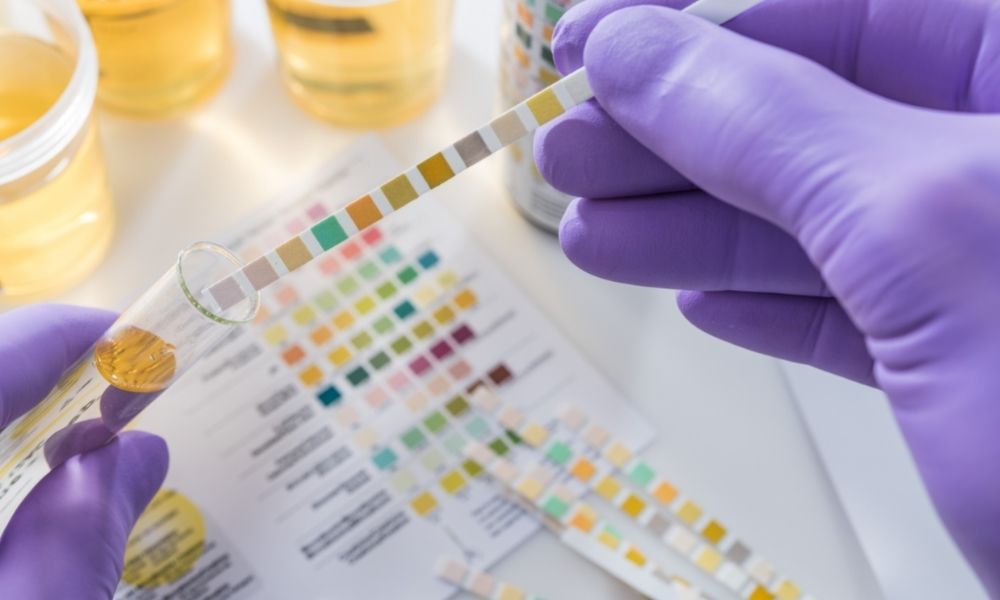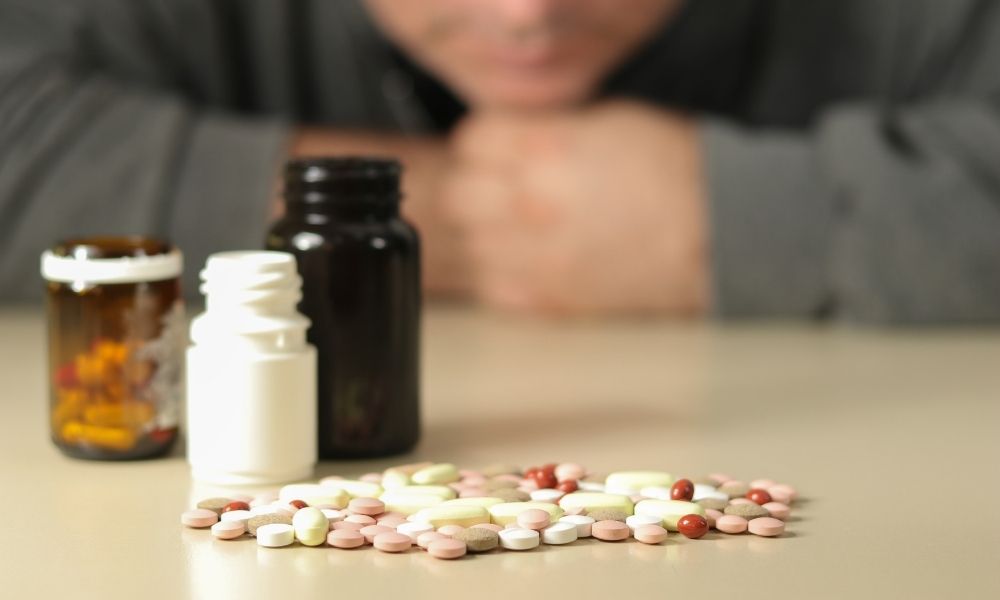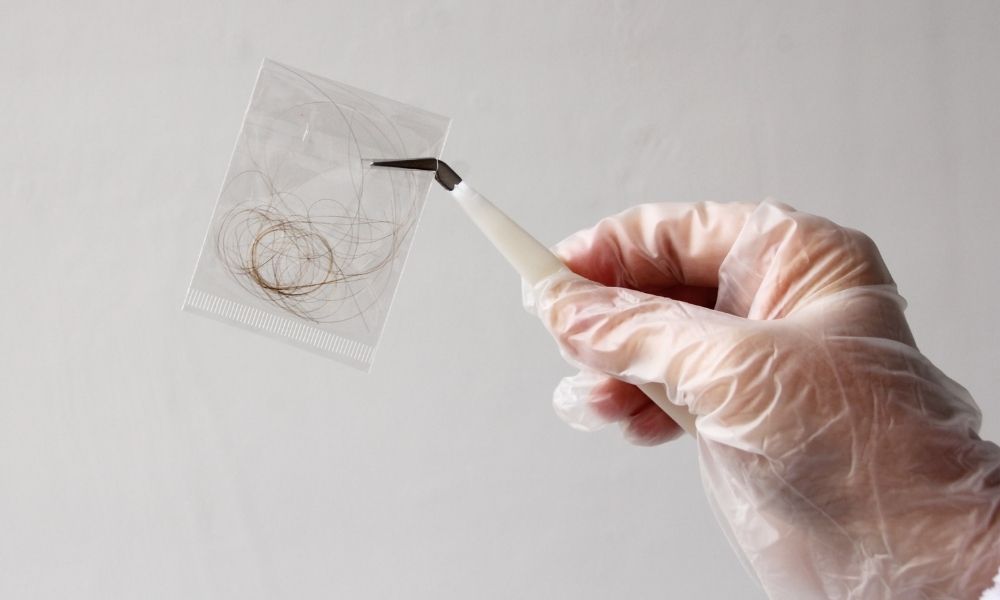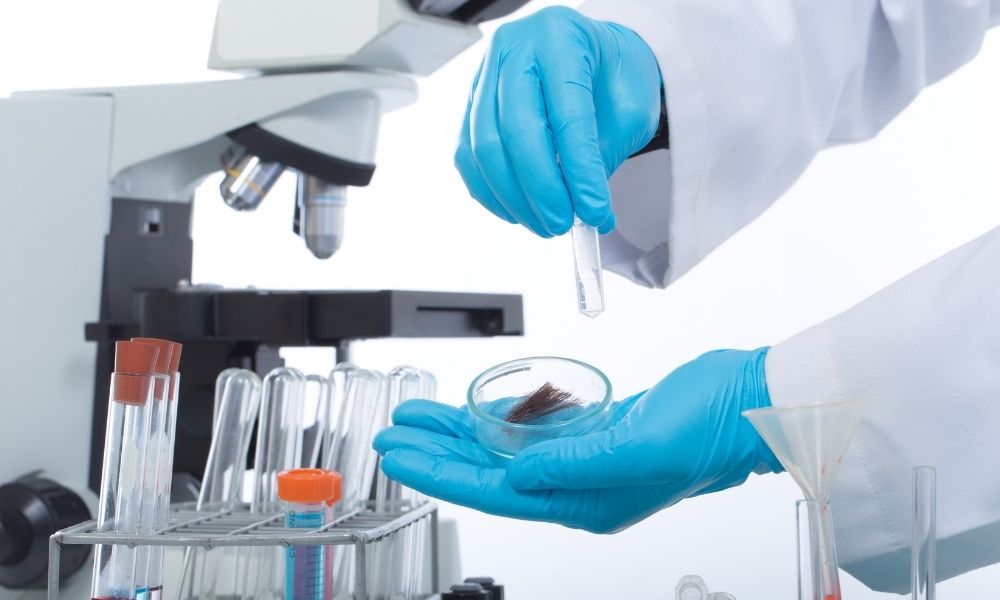Information About Drug Testing With a Medical Card
Written By admin on
The legal status of cannabis in the United States is one of uneasy transition. In 2012, Colorado and Washington state made history when they put legalization on the ballot—and legalization won. In subsequent years, 12 more states, the District of Columbia, and 2 overseas territories would follow, legalizing cannabis use through either referendum or an act of the state legislature. Meanwhile, 36 states, D.C., and 4 territories have permitted marijuana for medical treatment.
This all sounds very progressive, but there’s a catch—cannabis remains illegal at the federal level. Not only does federal law prohibit its use, but it designates cannabis as a “Schedule I controlled substance.” This means that the Food and Drug Administration sees it as being highly addictive with no legitimate therapeutic value. That makes a very large messaging gap between state and federal governments, and it can make drug testing quite complicated for subjects who hold medical marijuana cards. If you’re in this position, here’s what you need to know about drug testing with a medical card.
State-by-State Discrepancies
The state of flux between what is legal and what is permissible also exists between state law and workplace regulations, and the piecemeal, state-by-state basis by which marijuana has gradually become legal doesn’t make things clearer for users. For instance, in Illinois, which passed both medical and recreational cannabis use by legislative bill, employers cannot terminate employees in good standing who test positive while holding a valid medical card. In other states, however, this protection doesn’t exist. Employers in these states are free to fire workers who test positive even if they have a valid card and even if they have not demonstrated impairment on the job.
Medical Marijuana & the Department of Transportation
The federal Department of Transportation has long held stringent requirements for a drug-free workforce. People who work under the auspices of the DOT, including not only federal employees but also all holders of commercial driver’s licenses and other workers in “safety-sensitive” transportation work, must submit to and pass the DOT’s drug test. This includes a marijuana panel. Because federal law supersedes state law, a state-issued medical marijuana card is not enough to invalidate testing positive for THC on a DOT test. Even with a card, you’ll have to pass this test to procure or maintain employment under DOT regulations.
Know Your Rights
When it comes to what you need to know about drug testing with a medical card, the best approach is to consult both your employee handbook and state laws to determine just how tenuous medical marijuana use is in your state and position. Before undertaking a 10-panel hair follicle drug test, which does include THC metabolites as one of its panels, know that you do have legal recourse to contest a termination that comes from testing positive while holding a valid card. Make yourself familiar with the intricacies—federal law and the subsequent confusion seem unlikely to change.













